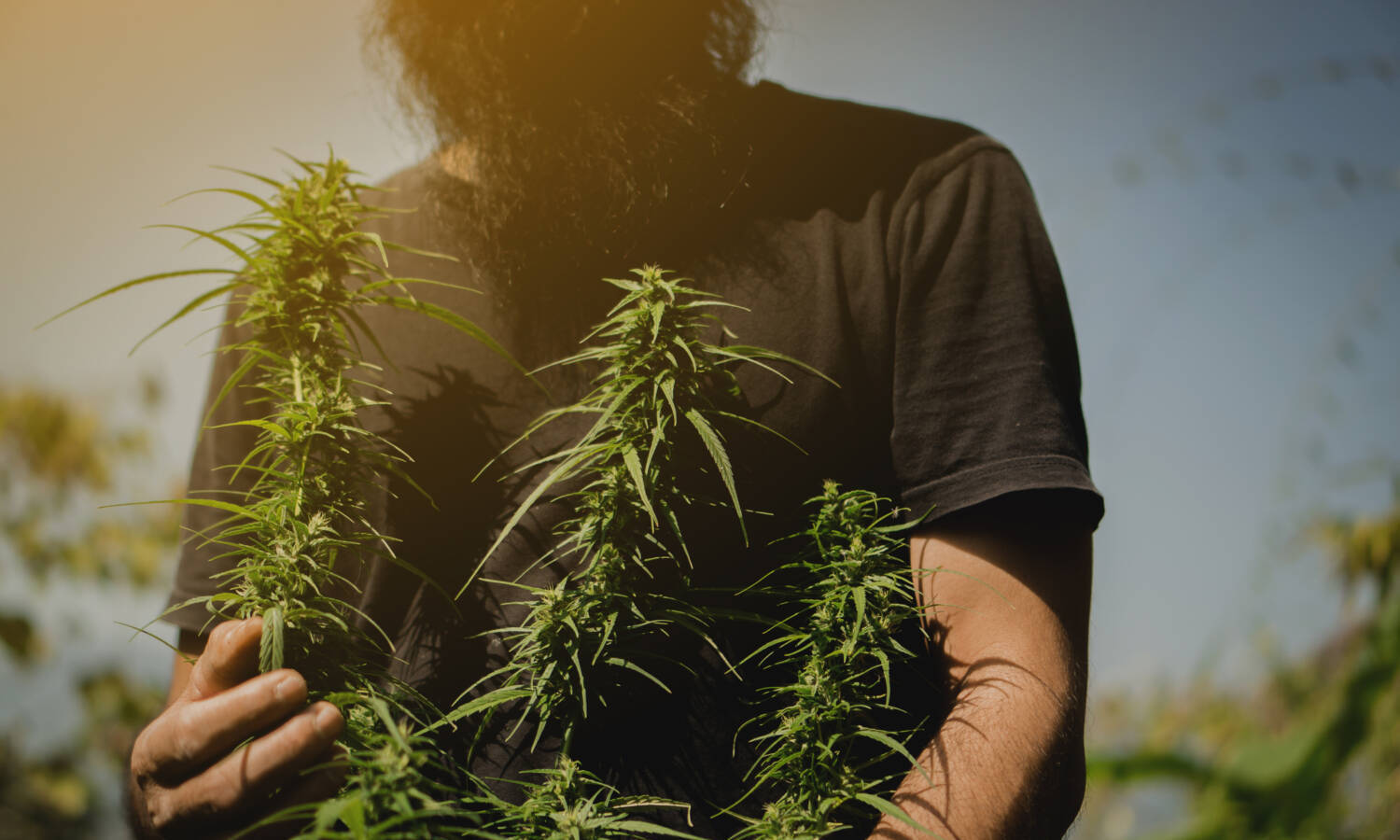
Indoor vs. Outdoor: Which Type of Weed Makes for a Better High?
Cannabis options are more plentiful these days than ever before. It seems that every season there is a new way to consume marijuana and always a new strain to try. When it comes to choosing a marijuana product, the process, while exciting, can be daunting overall. It helps to find ways to narrow down the list of choices in front of you.
For example, if you prefer indica over sativa, you can cut your list in half. This can make your choices a little less overwhelming. Then there is the cultivation method to consider.
You may have heard that there are some differences between indoor and outdoor marijuana. You may even find that the buds you buy even look a little different depending on whether they were grown indoors or in natural sunlight. You might be wondering if these visual differences between indoor and outdoor marijuana can also affect the quality of the product. If so, which strain is better to buy when it comes to indoor or outdoor cannabis?
Reasons to buy (and avoid) indoor marijuana
Indoor cannabis is sometimes compared to growing marijuana in a lab, and the comparison is by no means unfounded. Indoor marijuana is grown under very controlled, laboratory-like conditions. This control allows breeders to extract exactly the attributes they are looking for in a particular strain.
This controlled and hands-on approach can result in potent products, with several indoor strains exhibiting higher THC levels than their outdoor counterparts of the same strain. According to the cannabis technology and marketing company Leaf Buyer“In an enclosed space, you can control the amount (and type) of light your plant gets, the humidity of your grow space, and pretty much every other factor that goes into growing cannabis.”
When you buy indoor cannabis, you are likely to receive a controlled product with minor variations. In other words, if you’re less likely to be “surprised” by indoor cannabis, the goal is to remove that nuance that’s present in outdoor growing.
Although indoor cannabis is quality controlled and closely monitored, there are a few reasons that might put you off growing cannabis indoors. One of these reasons is immediately noticeable – the price. Because indoor cannabis is grown in a facility, overhead costs are higher. It also often requires more labor per plant to grow, increasing the price even further. And while each plant could potentially contain more THC than outdoor plants, yields are often much smaller.
Photo by Cappi Thompson/Getty Images
The other reason you might want to reconsider buying indoor cannabis has less to do with how the high feels and more to do with how the purchase might make you feel morally. That’s because indoor cannabis has a huge carbon footprint. According to New Frontier Data“Indoor growers use 18 times more energy to produce 1 gram of cannabis than outdoor growers (kWh/gram).”
RELATED: Is There Really a Difference Between Cannabis Grown Indoors vs. Outdoors?
The study goes as far as to say that growing marijuana indoors produces almost 25 times more carbon than outdoor growing methods. If you, like many others, are sensitive to your carbon footprint in this era of climate change, then you may be feeling a little environmentally irresponsible when buying indoor cannabis.
Outdoor cannabis and why you should choose it
When it comes to outdoor growing, it’s easy to compare it to indoor growing and see one major potential downside and that is a lack of consistency. Just like wine and other complex horticultural products, outdoor cannabis can vary greatly from one growing season to another. With ever-increasing wildfires, droughts, hurricanes, and other intense, unpredictable weather events, it’s easy to see why there can be good and bad years for outdoor cannabis. This makes outdoor cannabis unpredictable, especially when compared to indoor cannabis.
The climate must also be taken into account. Growing cannabis outdoors in tropical Hawaii simply will not be the same process or product as the same strain grown in Maine. Growing seasons can be short or long, just as days and sunlight can vary significantly.
RELATED: What Happens to Marijuana Waste?
However, some argue that this individual relationship between outdoor plants and the earth and sun makes them special and possibly superior. “By letting the plants do their thing and just making sure they have enough food and water to thrive, you can end up with an incredible harvest,” according to the cannabis nutrition company Geoflora Nutrients. “Many growers even find that bud grown outdoors tastes better because it was grown with sunlight.”
 Photo by Lealnard Riengkaew/EyeEm/Getty Images
Photo by Lealnard Riengkaew/EyeEm/Getty Images
While the idea that indoor cannabis is more precisely grown and therefore superior is one theory, others see great value in harnessing the natural elements. “Outdoor gets a bad rap for having a weak or not as juicy flavor as indoors,” says Merry Jane editor Mary Carreon said Forbes. “But I would argue that outdoors can be just as good, sometimes even better than indoors,” she continued.
After all, potency isn’t necessarily what makes marijuana “best.” Some people look for taste and aroma. Just like fine wine, much of this nuanced flavor can come from the soil and environment, which may be muted or absent altogether when growing marijuana indoors with carefully manipulated soil.
Both outdoor and indoor marijuana are capable of producing the best weed in the country. Indoor cannabis is king when it comes to consistency, as it rids the environment of almost all outside variables. It also discharges a huge carbon footprint. Outdoor cannabis, while married and unique to the climate in which it’s purchased, can offer a more eco-friendly and palatable experience, while it may come as a bit of a surprise.

Post a comment: